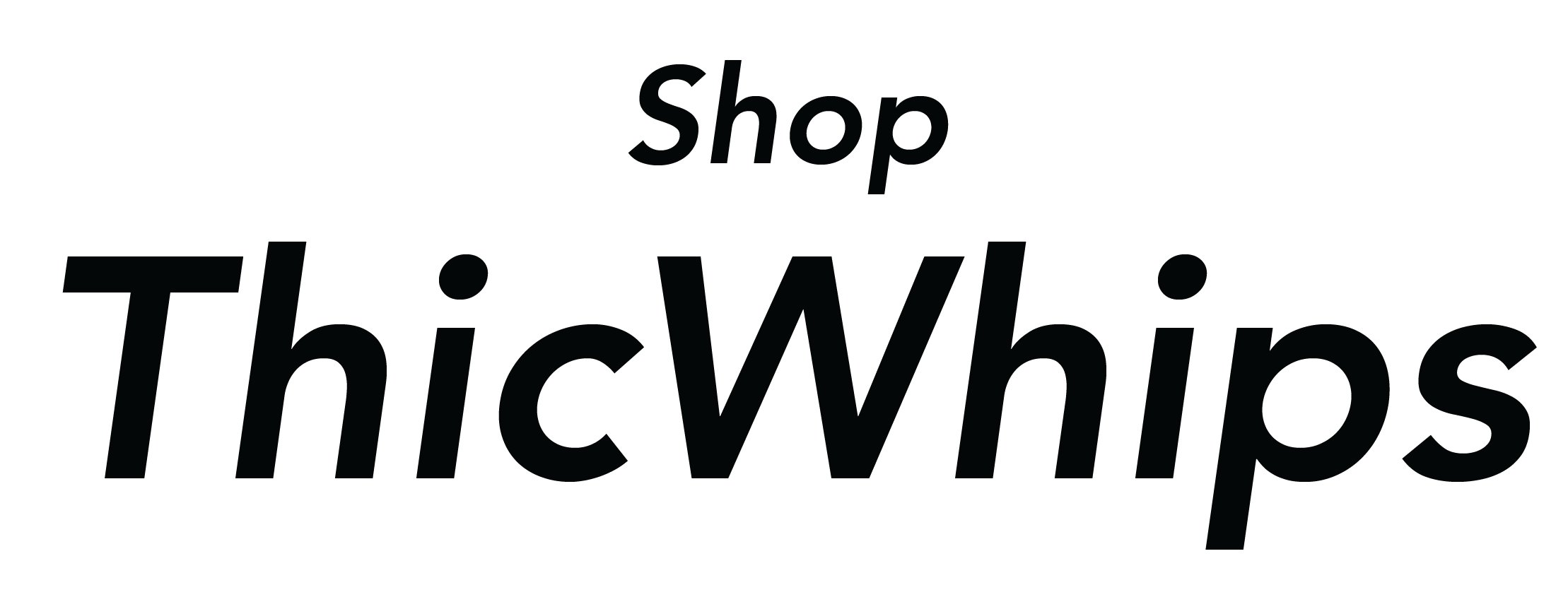The wheel stud conversion will make your life easier and add a slight edge to your wheel’s look. On our BMW’s, the lug nuts need to be properly aligned with each hole on the hub. So when starting each thread, while balancing your wheel this becomes quite an annoyance after a while. Now maybe you don’t swap your wheels that often or work on your own car that much. But if you do, this is a must! Studs allow you to place the wheel onto the studs, making wheel swaps that much easier. This saves me so much time, and I personally love the way that they look on the wheel. Very race oriented and popular amongst the track community.
Today we will be installing the Motorsport Hardware Stud Conversion Kit supplied to us by Kies Motorsports, you can pick that up HERE.
Here is everything you are going to need to do the job:
While performing this install, it’s also a good time to clean your hubs of any rust or caked on debris. Once the studs are installed it will make things a bit more difficult to clean with the studs in the way, so take the time now before installing the studs to clean the surface.
Here are the tools you will need:
Low Profile Jack (My car is low, this is a solid jack) Buy Here
Anti-Seize Lubricant (We will apply this to the hub to prevent further rust) Buy Here
Impact Drill Set (If you work on your car, do yourself a favor and pick this set up) Buy Here
LocTite Buy Here
Torque Wrench Buy Here
5mm Alan Wrench Buy Here
Ceramic Coating For Wheels & Calipers (Optional but Wise) Buy Here
Wire Wheel for cleaning the hub Buy Here
Smaller Wire Brush Buy Here
Coated Lug Nut Socket Buy Here
First step, jack up the car and remove the first wheel that you will be working on. It doesn’t matter where you want to start, just start. :)
If you see what I saw, it isn’’t pretty. We are going to clean off all of this rust and get everything in tip top shape. Take your drill, throw on that wire brush wheel. I suggest wearing some safety glasses, it gets extremely dusty. Try not to breathe anything in. Take your time switching between the wire wheel and a smaller wire brush to really clean off all of the small and hard to access areas. This will be well worth it in the long run.
All clean! If you plan on ceramic coating your calipers, now is a good time to go about doing that. For the full ceramic coating tutorial, check out my video here. For the purpose of this blog, we are only focusing on the stud conversion.
Next step, grab your studs and loctite. Apply a dab (you don’t need much) of loctite to each stud’s thread (the side that goes into your hub). This will prevent the stud from coming lose or reverse threading. Hand tighten these in, we will torque them next.
Time for torquing - Attach your 5mm Alan head to your torque wrench. Each stud will need to be torqued down to 25Ft Lbs. I am using a breaker bar to lock my hub into place so it does not move freely.
Studs are on, now we will apply the anti-seize lubricant. (You can do this prior to installing studs as well, either way works) Use the brush to apply the lubricant to the inside of the center hub. The idea is to cover everything that we have cleaned with the wire brush to prevent it from rusting again. In my case, I covered the inside of the hub center as well as the lip surrounding it.
Clean off any excess lubricant to be the best of your abilities. Throw the wheels back on and begin threading your new lug nuts by hand. Do not use an impact gun to start the threading, you can cross-thread your studs and lugs by doing that. Once the threads have been started, you can use your impact wrench to tighten the lug nuts down, do this in a star pattern.
We are finished with the first, wheel. Torque down each lug nut to 103 Ft Lbs of torque. Repeat these steps for all of the other wheels and you are GOOD TO GO!
If you prefer to watch this install with a full video tutorial, you can do so HERE:























